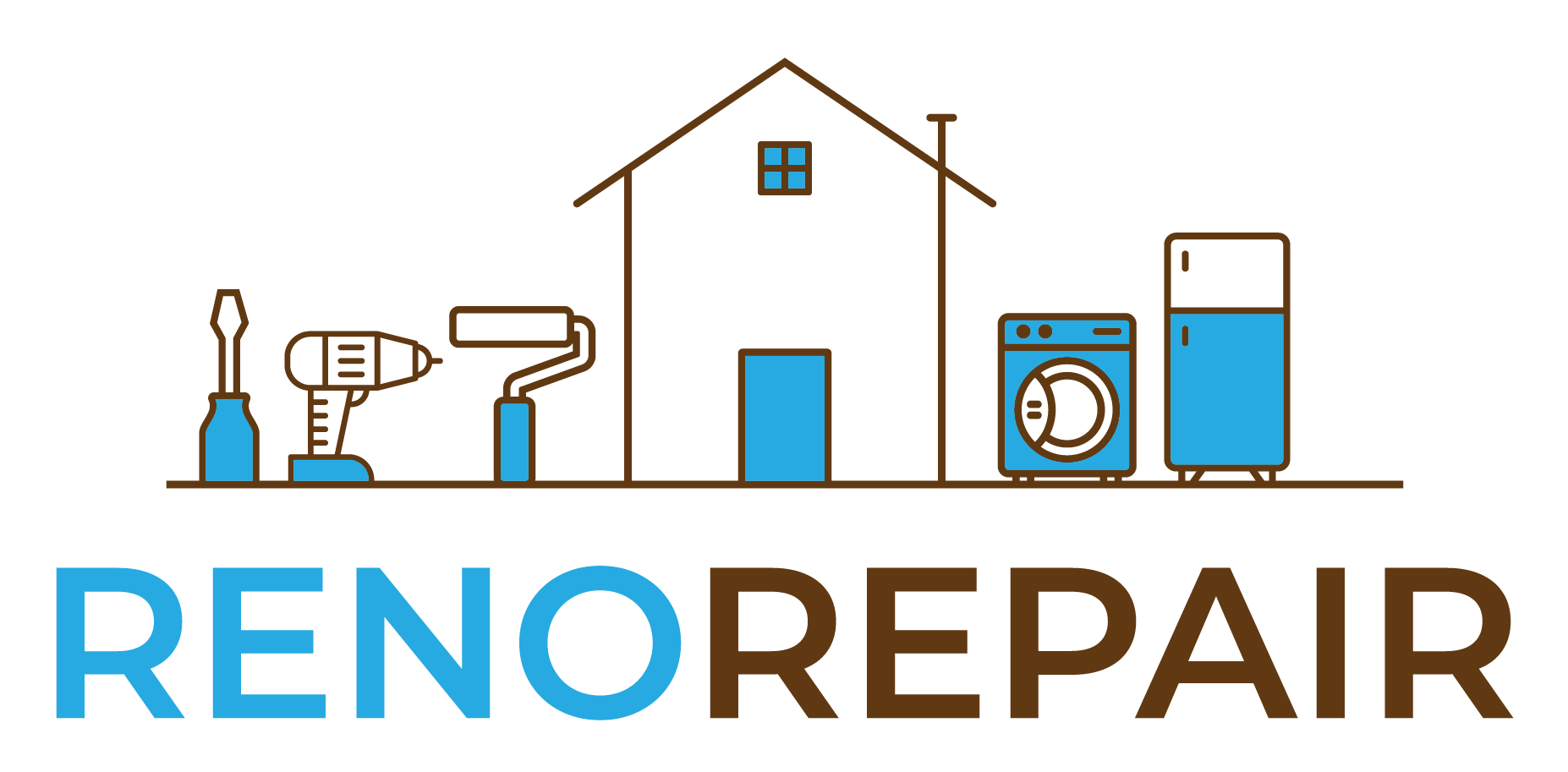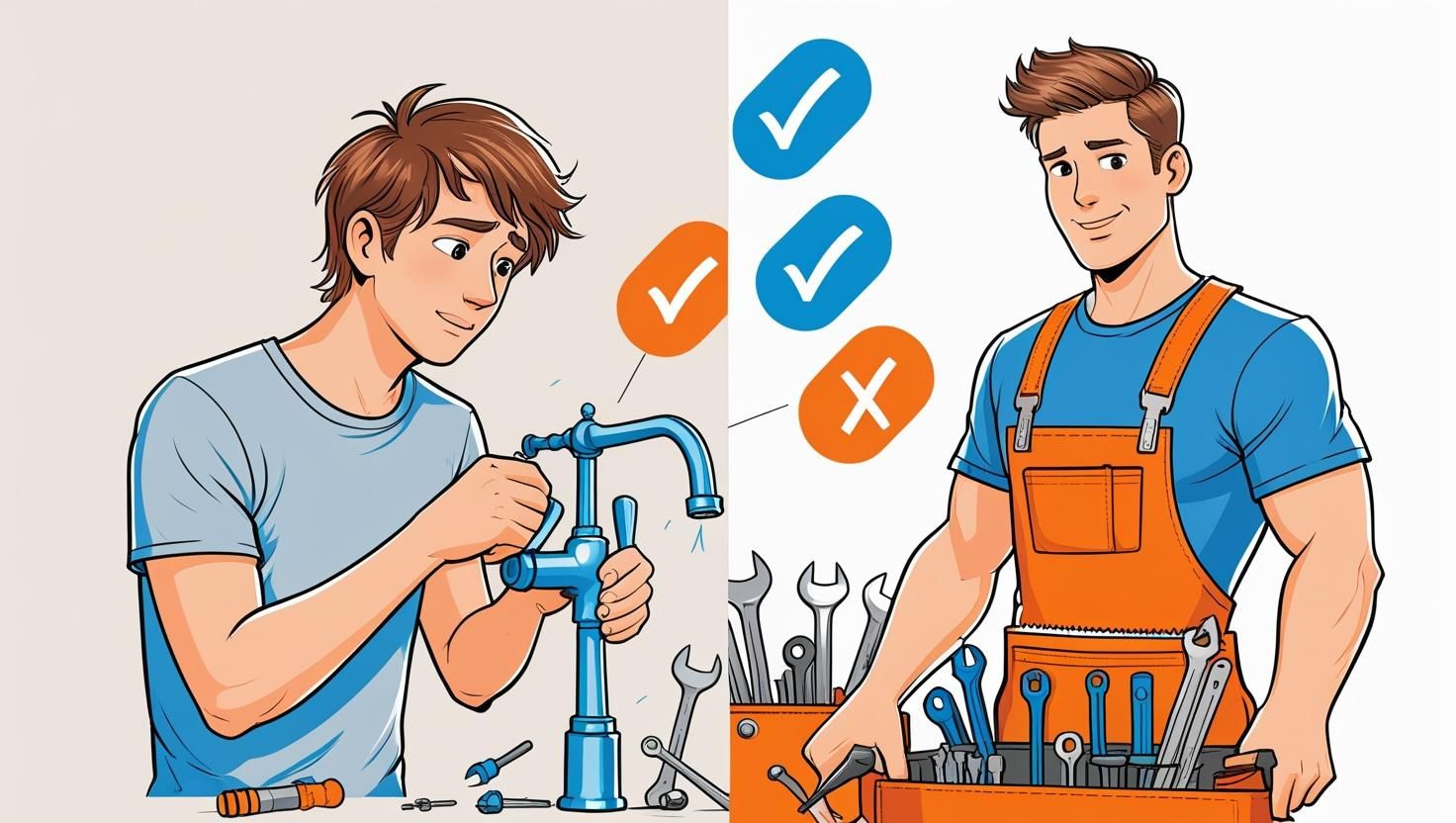When your bathroom faucet starts dripping or that bedroom door won’t close properly, you face the eternal homeowner dilemma: fix it yourself or call a professional?
The wrong choice costs you time, money, and sometimes creates bigger problems than you started with. Here’s how to make the right decision every time.
The 5-Minute Decision Framework
Question 1: Do You Have the Right Tools?
DIY Green Light: Basic tools you already own (screwdriver, wrench, hammer)
Call a Pro: Specialized tools you’d need to buy (pipe wrench, electrical tester, tile saw)
Real Example: Tightening a loose toilet seat = screwdriver you have. Replacing the toilet’s wax ring = specialty tools you’ll use once.
Question 2: What’s the Damage if You Mess Up?
DIY Green Light: Cosmetic issues or easily reversible mistakes
Call a Pro: Water damage, electrical hazards, or expensive parts
Real Example: Painting a room wrong = buy more paint. Electrical work wrong = house fire risk.
Question 3: How Much Time Do You Actually Have?
DIY Green Light: You have a full weekend and no urgent deadline
Call a Pro: You need it done this week or it’s affecting daily life
Real Example: Squeaky door hinges = weekend project. Broken garage door = call today.
Question 4: What’s Your Skill Level?
DIY Green Light: You’ve done similar tasks successfully before
Call a Pro: This is completely new territory for you
Real Example: You’ve mounted TVs before = mount another one. You’ve never touched plumbing = call for water line repairs.
Question 5: What’s the Total Cost Difference?
DIY Green Light: Professional cost is 3x+ the materials cost
Call a Pro: Professional cost is only 1.5-2x materials, or materials are expensive
Real Example: Caulking supplies cost $15, pro charges $80 = try DIY first. Faucet costs $200, pro charges $300 = just hire the pro.
When DIY Makes Perfect Sense
- Painting and touch-ups (you can always paint over mistakes)
- Basic furniture assembly (worst case: start over)
- Simple weatherproofing (caulking, weatherstripping)
- Minor drywall patches (easily redone if imperfect)
- Cleaning and maintenance tasks (unclogging drains, filter changes)
When to Call a Pro Every Time
- Anything electrical beyond changing outlets (safety first)
- Gas line work (never worth the risk)
- Major plumbing (water damage is expensive)
- HVAC repairs (complex systems, safety issues)
- Structural work (permits required, safety critical)
The Middle Ground: Partial DIY
Sometimes the smartest approach combines both:
You handle: Prep work, cleanup, shopping for materials
Pro handles: The technical installation or repair
Example: You remove the old faucet and clean the area. Pro installs the new one and tests for leaks. You save on labor, they ensure it’s done right.
Making the Call
Still unsure? Ask yourself this final question: “If this goes wrong, will I be angry at myself for not hiring someone?”
If the answer is yes, make the call.
When You Do Hire: Choose Flat-Rate Services
Skip the quote-chasing headache. Look for professionals who offer clear, upfront pricing for common repairs. You’ll know exactly what you’re paying before work begins – no surprises, no hourly rates that stretch longer than expected.
Your home deserves quality work, whether you do it yourself or hire the right professional. The key is making that choice with clear information, not panic or false confidence.
What home repair are you facing right now? Use this framework to make the smart choice for your situation and budget.

